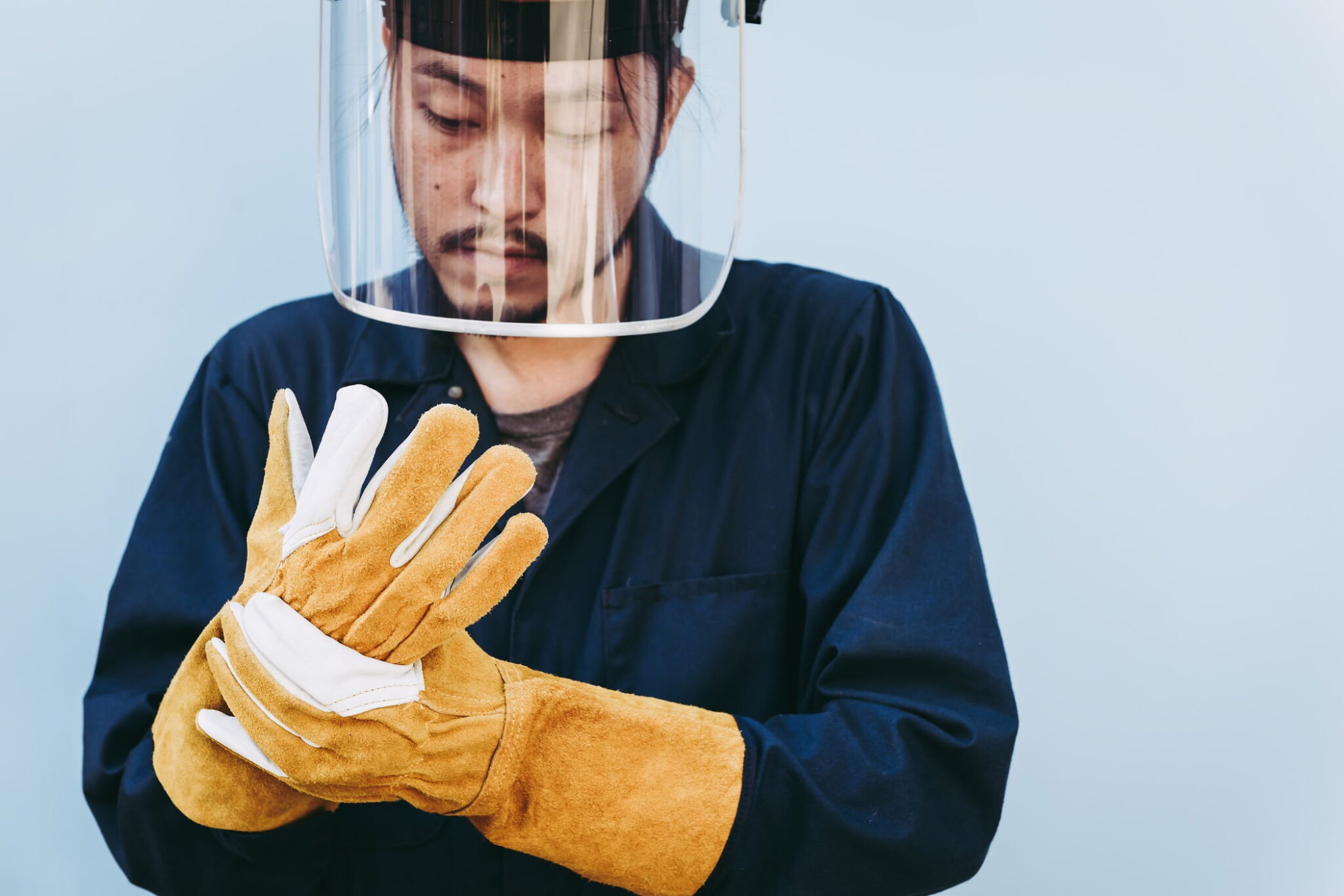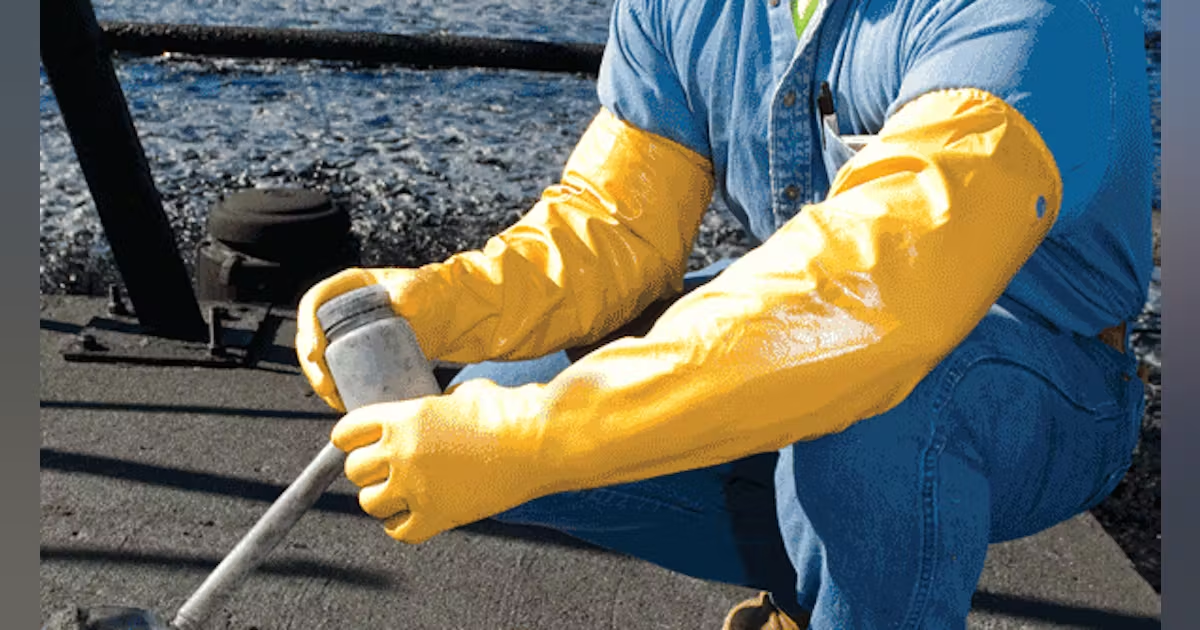Workbench Safety: Essential Tips to Protect Your Hands

In busy workshops and industrial settings, hands face constant risk. Every cut, grip and lift demands precision, and a split second of inattention can cause painful or lasting injury. Sharp tools, heavy materials and repetitive motions pose hazards for both seasoned professionals and new operators. Even minor injuries can disrupt workflow and lead to costly downtime.
Effective hand injury prevention should be a daily priority. With the right mix of awareness, preparation and equipment, accidents can be greatly reduced. An organised workspace, reliable protective surfaces and well-maintained tools all support a safer, more efficient environment, helping workers protect their most valuable asset — their hands.
Understanding Risks at the Workbench
Many workshop hand injuries come from small, overlooked issues that build up over time. A misplaced tool, dull blade or unstable surface can quickly turn a simple task into an accident. Worn, uneven or slippery benches reduce control, while poor lighting or fatigue increase the risk of mistakes. Recognising and managing these hazards early helps maintain focus, confidence and safety.
A well-designed, properly maintained work surface can make all the difference. The right cutting mat offers a stable, slip-resistant base that absorbs pressure and reduces vibration. Self-healing surfaces protect both blades and hands, keeping the workspace smoother and safer. Investing in quality materials supports precision, comfort and accident prevention.
Common risk factors at the workbench include:
- Loose or cluttered tools: Create snag and trip hazards.
- Worn or unstable surfaces: Reduce control and stability.
- Dull blades and unmaintained tools: Require more force, increasing the chance of slips.
- Poor posture or ergonomics: Lead to fatigue and slower reactions.
- Inadequate lighting: Makes it harder to spot hazards.
- Ignoring inspections: Small defects can quickly develop into safety risks.
Regular inspection, cleaning and maintenance ensure a safer, more efficient workspace. A stable, well-organised bench with a durable cutting mat isn’t just an upgrade, it’s a lasting investment in safety and precision.
Safe Handling Procedures for Tools and Materials
Developing consistent safe handling procedures is the foundation of any safety plan. Always choose the correct tool for the task and ensure it is in good condition. Dull blades require more force to cut than sharp ones, and are far more likely to cause accidents. Keep your hands dry and free from grease, and make sure tools are stored securely when not in use.
When lifting or moving materials, position your body so that your hands and wrists remain in line with your arms. Avoid twisting or overreaching. These small adjustments reduce strain and make every task safer. Consistent industrial ergonomics helps workers move more efficiently, minimising repetitive strain and maintaining long-term comfort.
Cutting Mat Safety: Choosing and Using Mats the Right Way
When it comes to hand injury prevention, the surface you work on is just as important as the tools you use. A reliable cutting mat is the foundation of a safe and efficient workbench. It provides stability, precision and protection, helping to reduce the risk of slips and accidental cuts. Too often, mats are treated as replaceable accessories rather than essential safety tools. In reality, the right mat can transform how safely and accurately you work.
For additional safety insights and detailed mat-handling guidance, explore Rhino’s Health & Safety: Cutting Mats resource.
Why the Right Cutting Mat Matters
A self-healing cutting mat is particularly effective because it absorbs the impact of the blade and closes up small cuts, preventing grooves that can catch or divert the blade. This not only extends the life of the mat but also ensures that every cut remains steady and controlled. For environments handling delicate components or electrical assemblies, anti-static cutting mats offer extra protection against static discharge, which can damage sensitive materials or equipment. Meanwhile, heavy-duty mats are ideal for industrial settings where constant cutting, trimming and assembly occur throughout the day.
Choosing the Correct Size and Fit
Size and fit are critical considerations for cutting mat safety. A mat that’s too small for the work area increases the chance of the blade slipping off the edge, while one that overhangs the bench may flex or move unexpectedly. Always ensure the mat sits flush and flat, with no curled corners or raised edges. If you’re working on a large or irregular bench, investing in a custom-cut mat ensures every section of the surface is covered safely and securely.
Maintaining and Caring for Your Cutting Mat
Routine maintenance is another key element of mat safety. Residue from adhesives, inks or materials can reduce grip and create a slippery surface, especially during detailed cutting. Regular cleaning with mild soap and water keeps the mat’s texture consistent and prevents buildup. Avoid harsh chemicals or abrasive sponges, as they can wear down the surface and reduce its protective qualities.
To keep your mat performing safely and effectively, remember to:
- Inspect it regularly for deep cuts, burns or gouges that could misdirect blades.
- Store it flat when not in use to prevent warping or curling.
- Rotate the mat periodically to distribute wear evenly.
- Replace mats when they become overly marked or uneven, as this compromises stability and accuracy.
Building Safety Habits Around Mat Use
By taking care of your cutting mat, you also take care of your hands. Every small measure, from correct sizing to simple cleaning, contributes to a safer, more dependable workspace. A well-maintained mat encourages precision, improves cutting quality and reduces risk. It’s an often-overlooked detail that makes a tangible difference in both performance and protection, ensuring every project begins on a solid, safe foundation.

Ergonomics and Workstation Setup to Prevent Hand Strain
Good industrial ergonomics is about more than posture, it’s about designing a workspace that supports safe and efficient movement. The correct bench height should allow you to work comfortably without bending or overreaching. If your bench is too high or too low, you may unconsciously adjust your posture in ways that increase wrist strain or fatigue.
Lighting also plays a role in hand injury prevention. Poor visibility increases the risk of misjudging cuts or tool placement. Position lighting directly above your work area to eliminate shadows. Organise your workspace so that the tools you use most frequently are within easy reach. A clear and clutter-free bench encourages focus and precision.
Personal Protective Equipment and Safe Practices
Personal protective equipment (PPE) plays a vital role in hand injury prevention, but it must be selected and used correctly to be effective. The right combination of gloves, guards and work habits helps protect hands from cuts, abrasions and repetitive strain without compromising control or precision. Below are key practices to follow for safe and efficient working.
Essential PPE and Safe Handling Guidelines:
- Select gloves suited to the task: Use gloves that provide both grip and dexterity when handling sharp, rough or hot materials. Avoid thick or loose-fitting gloves that reduce control or sensitivity.
- Know when not to wear gloves: In areas with rotating tools or moving machinery, gloves can catch and cause serious injury. Always assess the situation before use.
- Use protective sleeves and guards: When cutting or working with sharp edges, sleeves and tool guards help prevent accidental contact.
- Inspect tools before use: Check for cracks, damaged handles, worn grips or loose fittings. Faulty equipment increases the likelihood of slipping or loss of control.
- Maintain clean, dry hands: Oils or moisture can make it harder to grip tools securely, increasing the risk of accidental slips.
- Dispose of used blades safely: Wrap old blades securely or use a dedicated sharps container to avoid cuts when clearing waste.
- Store PPE properly: Keep gloves, sleeves and guards clean and in good condition. Damaged or dirty equipment offers reduced protection.
- Follow consistent safe handling procedures: Keep tools organised, return them to their proper storage after use and avoid distractions during cutting or assembly.
Implementing these simple but effective safe handling procedures helps create a more controlled and reliable work environment. By treating PPE as part of daily routine rather than an afterthought, workers can maintain both safety and productivity across every task.
Training, Awareness and Behavioural Habits
Even the best equipment can’t replace awareness. Regular safety training reminds teams of correct procedures and encourages proactive thinking. Toolbox talks and quick daily briefings are simple ways to keep hand injury prevention front of mind.
Developing awareness means always knowing where your hands are in relation to the task. Slow, deliberate movements are safer than quick, careless ones. When using cutting tools, focus on maintaining control rather than speed. Encourage colleagues to speak up if they see unsafe practices; shared vigilance builds a safer culture.

Long-Term Benefits of Safe and Sustainable Practices
- Preventing hand injuries supports long-term efficiency, not just short-term safety.
- Regular inspection of tools and mats extends their lifespan and reduces unnecessary waste.
- Durable, recyclable cutting mats enhance both cutting mat safety and environmental responsibility.
- Rhino’s sustainable cutting mats, made from recycled materials, show how innovation protects workers and the planet.
- A clean, organised workspace improves focus, productivity and overall safety.
- Replacing damaged mats or unstable benches prevents small issues from becoming serious hazards.
- Sustainability and safety go hand in hand, maintaining equipment reduces risk and promotes a greener, more efficient workplace.
Effective hand injury prevention depends on awareness, proper tools and consistent practice. By following safe handling procedures, applying sound industrial ergonomics, and maintaining good cutting mat safety, you create a workspace where efficiency and protection go hand in hand.
Take a few minutes each week to inspect your tools, clean your mat and review your setup. Those simple habits can protect your hands for years to come , and keep your workbench running smarter, safer, and cleaner.
Frequently Asked Questions
Why is hand injury prevention important in workshops?
Hand injuries are among the most common workplace incidents and can cause long downtime. Preventing them protects both workers and productivity. With proper training, safe handling procedures and the right cutting surfaces, most injuries can be avoided entirely.
How often should I inspect my cutting mat and tools?
Regular inspections should be part of your weekly routine. Check mats for deep cuts, curling edges or residue buildup, and examine tools for loose handles or dull blades. Early maintenance helps prevent accidents and extends the life of your equipment.
What makes self-healing cutting mats safer than standard mats?
Self-healing mats absorb blade pressure and close up small cuts, keeping the surface smooth and consistent. This prevents the blade from catching or slipping into old grooves. As a result, cuts stay accurate and the risk of minor injuries is reduced.
How does industrial ergonomics affect hand safety?
Proper bench height, lighting and posture reduce strain on the wrists and fingers during repetitive work. Ergonomic setups allow smoother, more natural movement. Over time, this helps prevent both immediate injuries and long-term conditions like RSI.
When should I replace my cutting mat?
Replace your mat once it develops deep grooves, uneven texture or excessive wear. These flaws make cutting less stable and can lead to slips or tool damage. A fresh, even surface is vital for precision and safety at the workbench.
How do sustainability and safety work together at Rhino?
Rhino cutting mats are designed from recycled and recyclable materials, promoting both durability and environmental care. Safer materials and responsible manufacturing reduce waste while protecting users. Every product supports smarter, safer and cleaner workstations.
